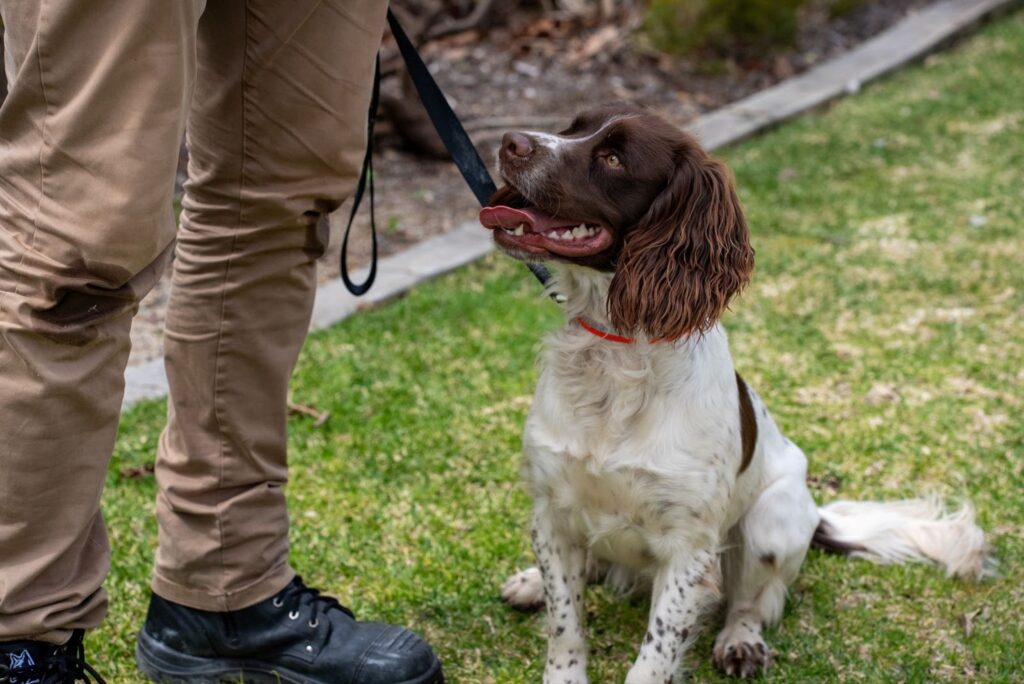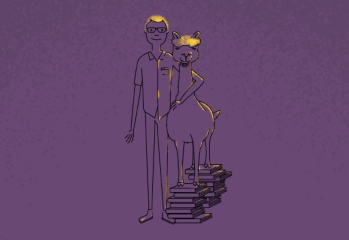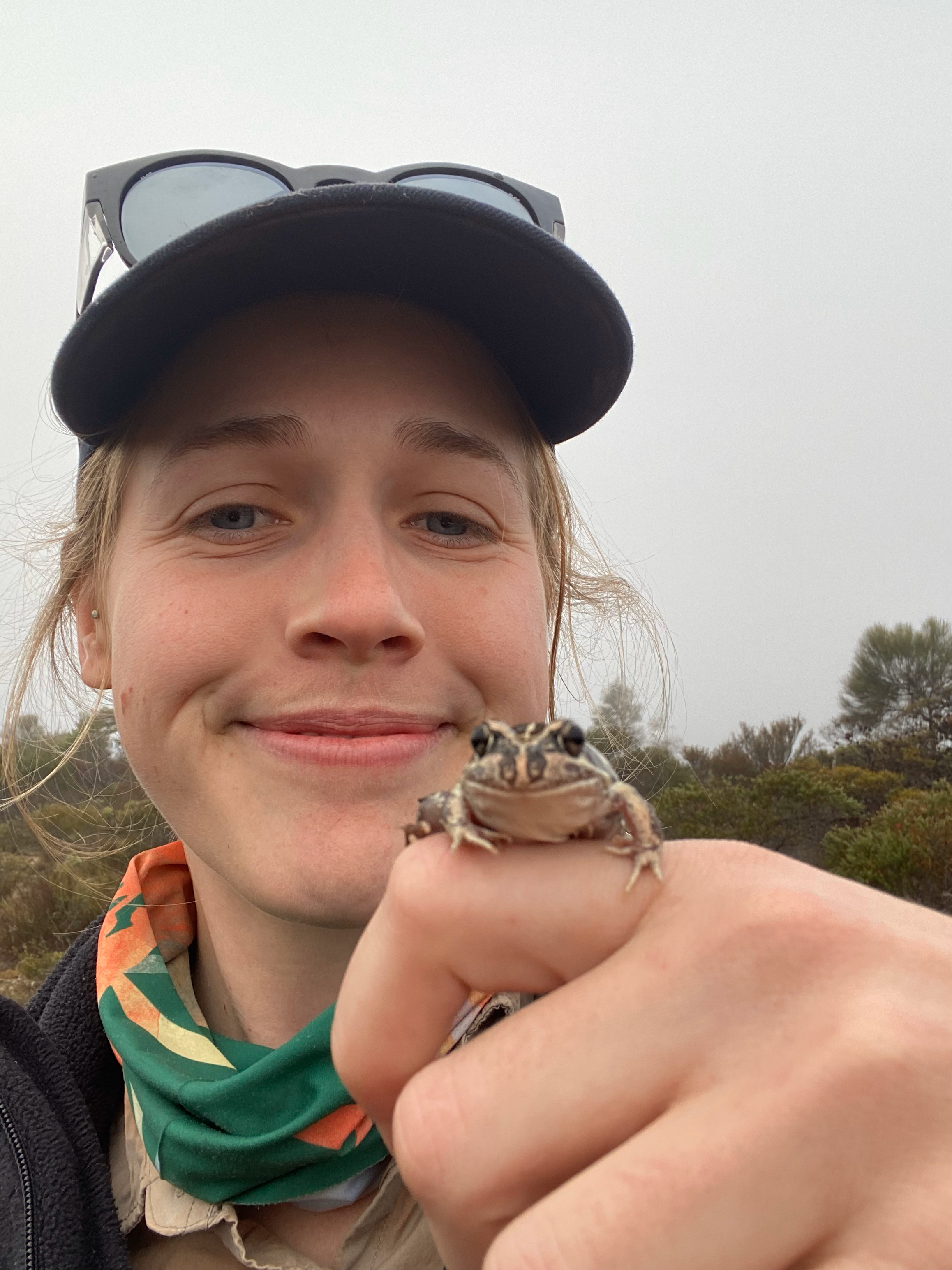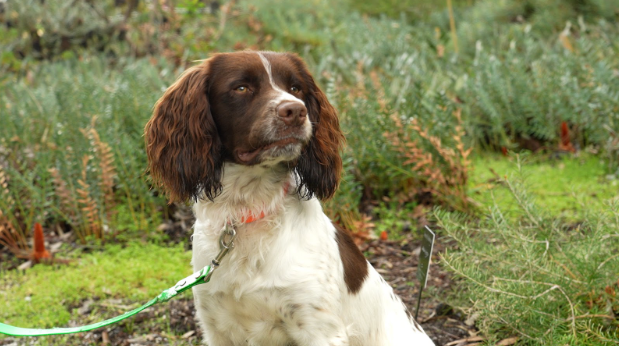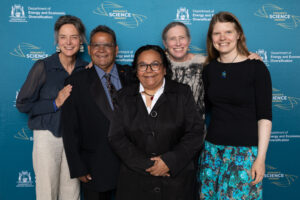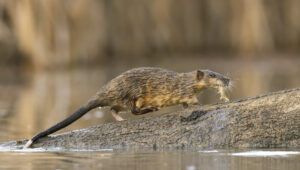The Department of Biodiversity, Conservation and Attractions (DBCA) is assembling its newest taskforce: sniffer dogs.
Milo and Kelly are the latest recruits.
Backed by a $1.3 million grant from the Australian Governments Saving Native Species Program, these four legged friends are on the frontline against Phytophthora dieback.
THE PLANT DESTROYER
Phytophthora dieback (Phytophthora cinnamomi) translates to ‘plant destroyer’ in Greek and lives up to its ominous title.
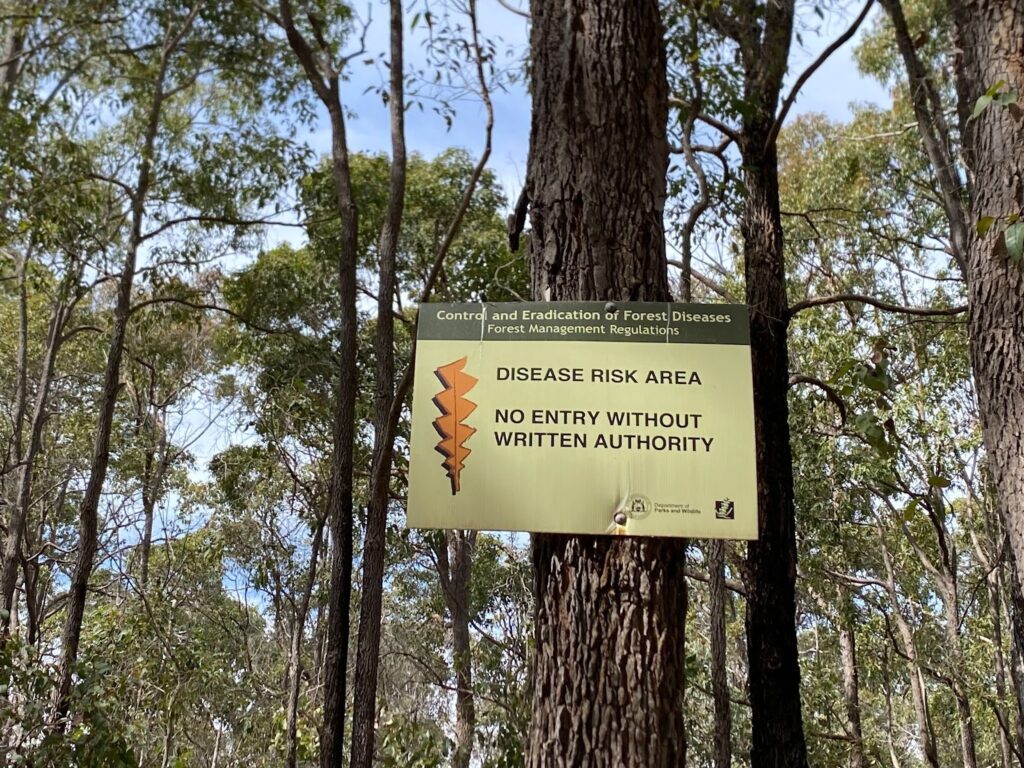
Credit: Kelly Hopkinson
Dieback is a water mould. It’s invasive to Western Australia and spends most of its time hijacking healthy plant roots.
During moist conditions, Phytophthora releases spores that swim through the soil and latch onto nearby roots.
Here, they invade the plant’s cells, steal nutrients and block water uptake.
According to Dr Kylie Ireland, DBCA’s Plant Disease Program Leader, “more than 40% of plant species native to the south-west bioregion are susceptible to dieback”.
Dieback can turn whole ecosystems into plant graveyards.
SPORE PATROL
Milo and Kelly are putting their best paw forward to stop the spread.
They are both English Springer Spaniels, a dog bred specially for sniffing out trouble.
With fine-tuned noses and high reward drives, finding this pathogen is like a giant game of hide and seek.
In 2022, NSW National Parks and Wildlife Services partnered up with TATE Animal Training to train the first dieback sniffer dogs.
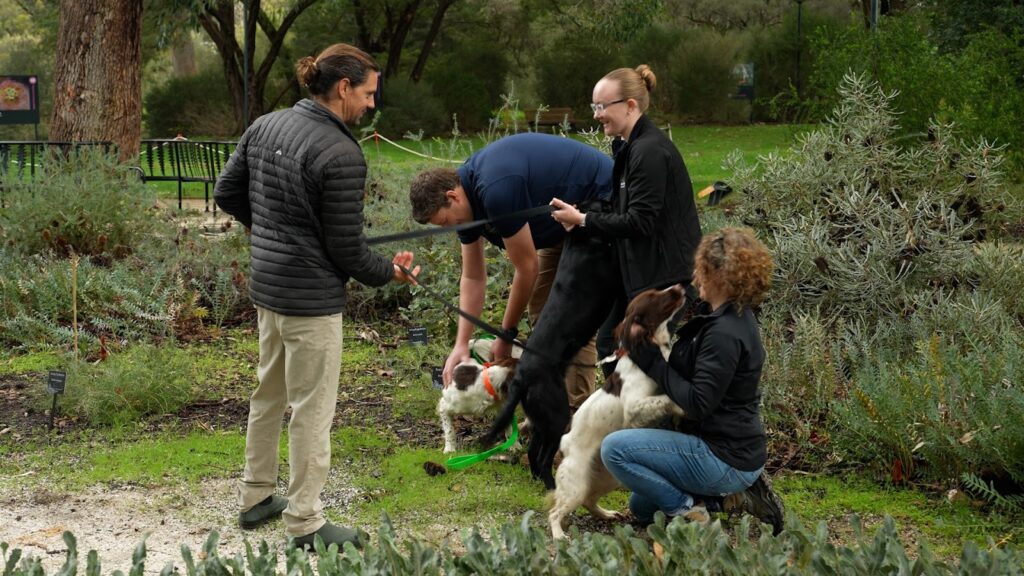
Credit: Alex Gore/DBCA
Each dog has its quirks.
“Milo is a much bigger dog and well suited for surveying large areas, whereas Kelly is like a mad little scientist. She’s so energetic and detail oriented,” Kylie says.
Now their leashes have been handed over to their WA trainers.
Each dynamic duo will work as a unit to deliver the best in canine conservation.
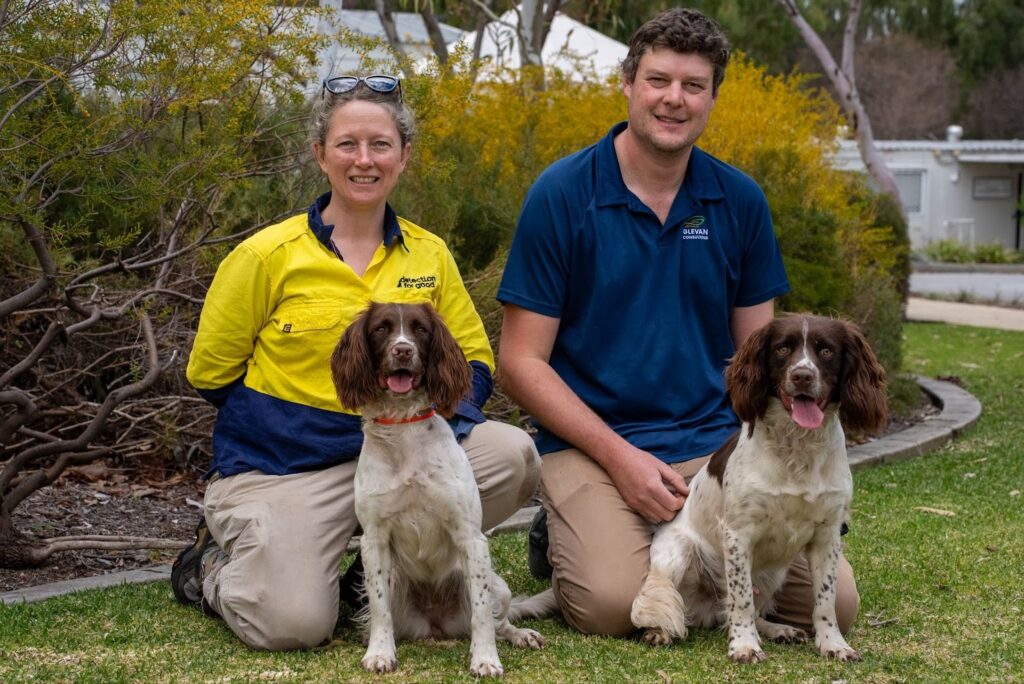
Credit: Alex Gore/DBCA
BARKING UP THE RIGHT TREE
These furry friends can streamline detection at hygiene checkpoints, in plant nurseries and in forestry stock and can help map dieback in the field.
Traditionally, mapping dieback was a lengthy process. It required GPS mapping, soil sample collection and a lab analysis that can take up to 2 weeks.
With Milo and Kelly, detection is faster, sharper and more reliable.
Kylie says the dogs can sniff out incredibly tiny traces of Phytophthora, “potentially even as small as half a grain of rice in a kilogram of soil”.
And the dogs could be doing a better job than the lab tests at detecting Phytophthora.
This is a game-changer as the climate dries out and heats up the land.
“If a bushfire goes through an area and kills all of the plant species you’d normally use to help detect [dieback], you suddenly don’t have anything to read, whereas dogs aren’t restricted by that,” says Kylie.
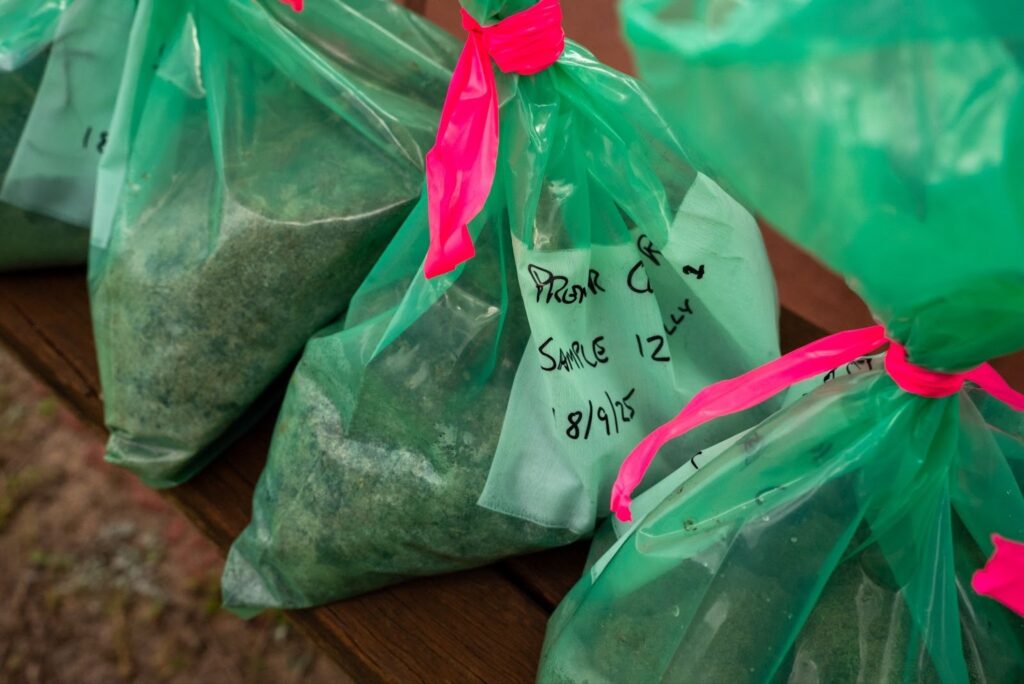
Credit: Alex Gore/DBCA
PAWSING THE SPREAD
Dieback might be sneaky, but with dogs on the scent, we’re one step ahead.
The golden rule? Don’t give dieback a free ride.
This means scrubbing off mud, sticking to the path and respecting signs.
“Everyone’s got power to protect the bush and protect their patches,” says Kylie.
“The baseline isn’t complicated, but sometimes a cute and cuddly sidekick can help us communicate that better.”
These dogs are winning hearts and engaging communities.
They may be man’s best friend, but they’re dieback’s worst enemy.
